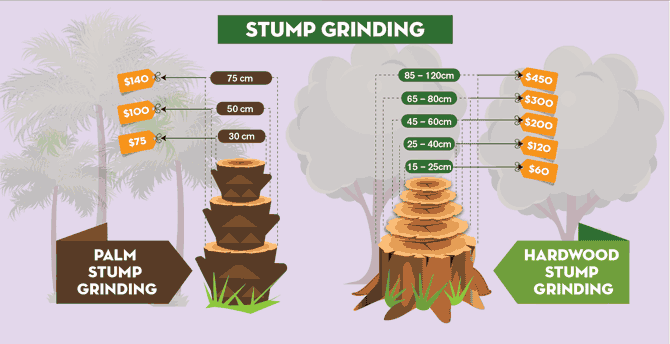Seasonal Tree Management: Methods For Taking Care Of Trees Before And After Their Elimination
Seasonal Tree Management: Methods For Taking Care Of Trees Before And After Their Elimination
Blog Article
Material Written By-
When it concerns seasonal tree care, guaranteeing proper administration prior to and after removal can substantially impact the wellness and visual appeals of your landscape. By understanding the needed steps involved in evaluating tree health and planning for elimination, you can proactively protect your building. But what regarding the critical methods to comply with as soon as the tree is gone? Stay tuned to discover the essential post-removal treatment steps that will certainly assist you cultivate a thriving and sustainable setting for your trees.
Pre-Removal Tree Treatment
Prior to dealing with the elimination of a tree, it's vital to focus on pre-removal tree care. Begin by evaluating the tree's wellness and structural integrity. Seek signs of disease, insect infestations, or any architectural issues that may present a safety hazard throughout elimination. It's necessary to talk to a qualified arborist to determine the very best course of action.
Trimming dead or unhealthy branches can stop further damage to the tree and guarantee a smoother removal process.
In addition, think about the environmental influence of getting rid of the tree. Trees play a vital duty in our ecosystem, so growing a brand-new tree in an appropriate area can assist counter any type of loss. Make sure that you have the needed licenses and authorizations for tree elimination, specifically if the tree is protected by neighborhood laws.
Seasonal Maintenance Tips
Examining your tree's requirements throughout the year is crucial for its health and wellness and longevity. To keep your trees in top problem, follow these seasonal upkeep pointers.
In spring, concentrate on trimming to get rid of dead or broken branches and urge brand-new development.
Summer season requires normal watering, particularly throughout dry spells, to guarantee your tree remains hydrated.
As fall strategies, watch out for very early indicators of condition or stress and anxiety, and think about applying compost to safeguard the roots during winter months.
In winter, be cautious when getting rid of snow from branches to stop breakage, and continue to check your tree's general health and wellness.
Keep in mind to adjust your care regular based upon the particular requirements of your tree species and local climate. By remaining alert and proactive throughout the seasons, you can help your trees prosper and thrive for years ahead.
Post-Removal Tree Care
To ensure the health and wellness of your landscape also after tree removal, appropriate post-removal care is important. After a tree is gotten rid of, it's vital to fill up the remaining opening with topsoil and compact it to stop settling. This will certainly help preserve the honesty of the ground and prevent potential threats in the future.
Take into visit this site planting brand-new vegetation in place of the gotten rid of tree to recover the equilibrium and aesthetic appeals of your landscape. On a regular basis water the area to advertise the growth of new plants and avoid soil disintegration.
Inspect the bordering trees for any type of indications of condition or anxiety that may have been brought on by the removed tree. Watch out for pests that could've been drawn in to the previous tree and take preventive measures to secure the remaining vegetation.
If needed, seek advice from an expert arborist to analyze the influence of the elimination on the surrounding trees and identify any kind of extra treatment needed. By following these post-removal care steps, you can make sure the continued health and wellness and appeal of your landscape.
arborist boots
To conclude, proactive seasonal tree care is crucial for keeping the health and wellness and balance of your landscape. By assessing tree health, pruning, and consulting with an arborist before removal, you can make certain a risk-free procedure. After elimination, filling the hole, growing new plant life, and regular watering will promote new development and stop erosion. Bear in mind to examine surrounding trees for condition and seek more care steps from an arborist to maintain your landscape prospering.
